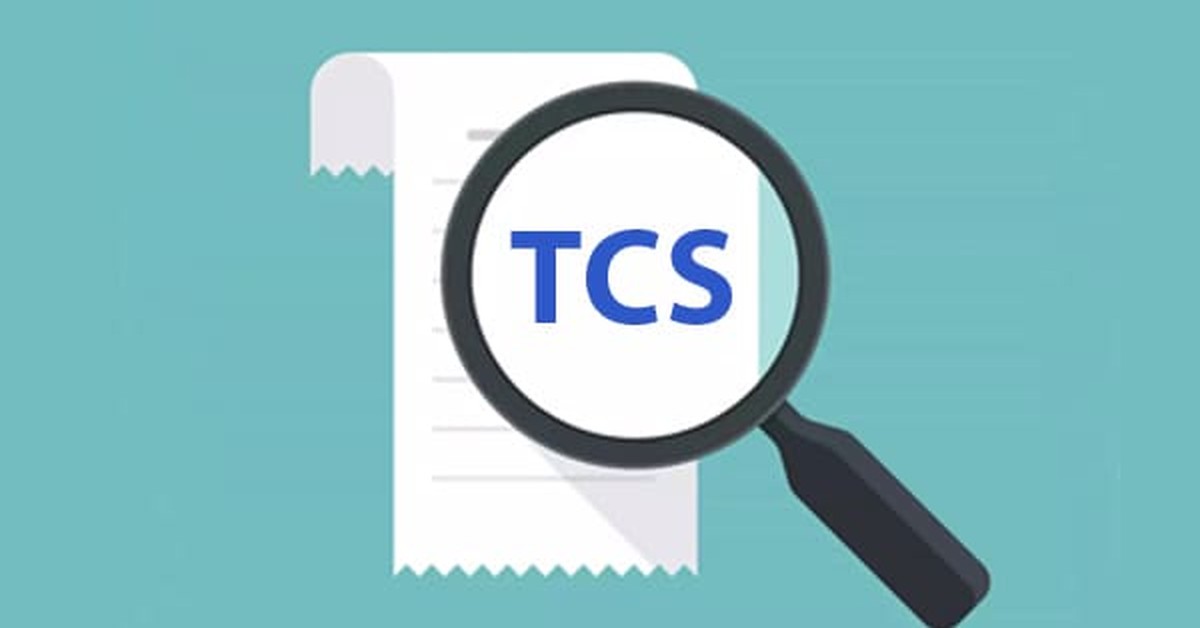Introduction
The recent budget for 2023 has brought about changes to the Tax Collection at Source (TCS) rate for foreign remittances under the Liberalised Remittance Scheme (LRS). Specifically, the TCS rate for select transactions has increased from 5% to 20%, with the new rates taking effect from October 1, 2023. However, it's important to note that this higher rate will not be applicable to expenses related to education and medical purposes. In this article, we will delve into the details of how the new TCS rule will impact students who are currently studying in foreign universities or schools, as well as those who are planning to study abroad soon.
Understanding TCS on Educational Expenses
Under the Liberalised Remittance Scheme (LRS), certain rules govern the application of TCS on educational expenses. For foreign remittances below Rs 7 lakh intended for educational purposes, no TCS will be levied. However, if the remittances made for overseas education through an education loan paid abroad exceed the threshold limit of Rs 7 lakh, a TCS of 0.5% will be applicable. On the other hand, if the remittance is not funded by an education loan and is for the purpose of education, it will attract TCS at a rate of 7% if the amount exceeds Rs 7 lakh in a financial year.

Let's consider an example to understand this better. Suppose parents are sending Rs 50,000 to their son studying abroad for his education every month, resulting in an annual remittance of Rs 6 lakh. Since this amount does not exceed the threshold limit of Rs 7 lakh per year, it will not attract any TCS. However, if the total remittance amount exceeds Rs 7 lakh, it will be subject to TCS at the rate of 5%.
Documentation Requirements
To ensure that the remittance is specifically for education purposes, it is crucial to maintain proper documentation. When sending money abroad through the Liberalised Remittance Scheme (LRS), the reason for the remittance needs to be clearly mentioned in the remittance form. It is recommended to have sufficient documentation such as the overseas rental agreement, invoices, and the admission letter from the university. These documents provide evidence that the transfer is intended for the student's education abroad and falls under the category of overseas education, which enjoys concessional TCS rates.
In the remittance form, an accurate remittance code should be used to indicate the purpose of the remittance, such as tuition fees, accommodation fees, travel expenses, or incidental expenses. Additionally, the student's name, student ID, and university name must be provided. This information helps establish that the funds are genuinely intended for educational expenses.
For those availing an education loan, specific documents must be submitted to the bank to claim a lower TCS rate. These include the education loan sanction letter with the student's name and the parent who is the co-borrower, a declaration on the LRS application form confirming that the source of funds is the loan, and a bank statement showing the source of funds as the unutilized disbursed education loan from a financial institution.
TCS on Additional Living Expenses
While expenses such as tuition fees, hostel fees, exam fees, books, and stationery are generally considered educational expenses and attract a TCS rate of 5% if the annual remittance amount exceeds the threshold, there is often confusion regarding additional living expenses. Parents often send money to their children studying abroad to cover living and other additional expenses. The question arises: Will these remittances be considered as other expenses and attract a hefty TCS rate of 20%?
According to the Ministry of Finance's FAQs, for TCS on remittances related to travel and incidental expenses for education, the rates applicable to remittances for education purposes will also apply. Hence, these remittances will attract TCS at the same rate as remittances for education.
However, it is important to note that establishing that the funds have indeed been sent for incidental expenses related to education may pose practical challenges. The exact method of providing proof for such expenses remains to be seen.
Strategies to Manage TCS
To avoid the higher TCS rate of 20% on remittances exceeding Rs 7 lakh per financial year per person, parents can consider splitting the payments and transferring the funds through immediate family members like their father, mother, or siblings. By doing so, each transfer amount will remain below Rs 7 lakh, ensuring that the expenses of the student studying abroad can be met without attracting the higher TCS rate.
TCS on Forex Cards
If a forex card is used to meet living expenses abroad, it will attract a TCS rate of 20%. Unlike debit or credit cards, there is currently no threshold of Rs 7 lakh on spending through forex cards. Therefore, any amount spent using a forex card will be subject to TCS at the rate of 20%.
Recovering TCS
It's important to note that TCS is not a separate tax but is shown as a tax credit in Form 26AS. This credit can be claimed against the tax payable while filing an income tax refund (ITR). Individuals can also offset it while filing advance taxes. If unable to offset the TCS amount against taxes payable or any other form, it can be claimed as a refund after filing the income tax return (ITR).
Conclusion
The recent changes in the TCS rate for foreign remittances under the Liberalised Remittance Scheme (LRS) have significant implications for students studying abroad. It is crucial for students and their families to be aware of the documentation requirements and to prepare accordingly. By understanding the rules and ensuring compliance, students can manage their educational expenses effectively while considering the impact of TCS.
The author is a Chartered Accountant with 2 decades of experience into Accounting, Taxation, Auditing, Risk & Compliance, Credit Controls, Due diligence. Currently, the author is the founder and managing partner at RRL Global services.






 CAclubindia
CAclubindia
